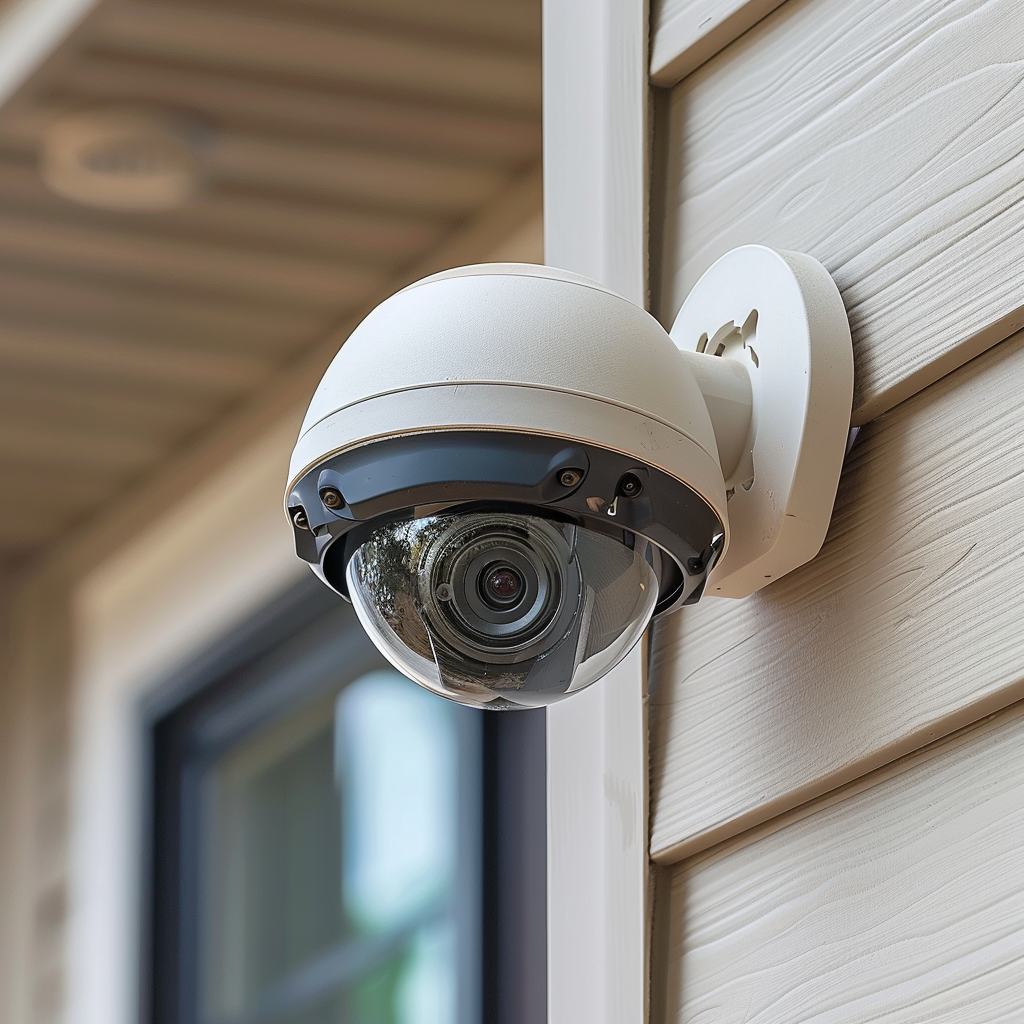Conquer the Digital Landscape with Mark Woodcock: Your Premier SEO Hinckley Specialist
Unlock Business Growth with Hinckley’s Leading SEO Consultant
In the realm of SEO Hinckley services, Mark Woodcock emerges as the unrivaled expert. With his profound understanding of the local market and extensive experience as an SEO professional, Mark Woodcock SEO Services offers unmatched expertise in elevating your online presence in Hinckley and beyond, paving the way for significant business growth.
Comprehensive SEO Hinckley Strategies
As Hinckley’s go-to SEO consultant, Mark Woodcock recognizes that effective search engine optimization transcends mere keyword placement. His approach to SEO Hinckley services encompasses a holistic strategy, including:
- On-page Optimization: Refining your website’s structure for Hinckley searches
- Hinckley-Centric Content Creation: Developing engaging, locally relevant content
- Strategic Link Building: Establishing authoritative connections within the Hinckley business community
- Local SEO Tactics: Ensuring your business stands out in Hinckley-specific searches
This comprehensive method ensures that your Hinckley business not only achieves high rankings but also attracts and engages your target audience effectively.
Benefits of Expert SEO Hinckley Services
Partnering with Mark Woodcock for your SEO Hinckley needs offers numerous advantages:
- Targeted Local Visibility: Dominate Hinckley search results
- Increased Foot Traffic: Boost in-store visits for Hinckley brick-and-mortar businesses
- Competitive Edge: Outrank local Hinckley competitors
- Brand Authority: Build trust within the Hinckley community
- Long-Term Results: Enjoy sustainable benefits in Hinckley’s digital landscape
- Quality Lead Generation: Attract Hinckley customers actively seeking your services
Tailored SEO Solutions for Every Hinckley Business
Mark Woodcock’s reputation as Hinckley’s premier SEO consultant is built on a foundation of results. He has assisted various local businesses in climbing search engine rankings and boosting their online visibility. Whether you’re a small shop in Hinckley town center or a larger corporation in the area, you’ll receive a customized SEO strategy designed to meet your specific goals and maximize your ROI in the Hinckley market.
Stay Ahead with Cutting-Edge SEO Hinckley Techniques
As a dedicated SEO Hinckley professional, Mark Woodcock remains at the forefront of industry trends and algorithm updates. This commitment to ongoing education allows him to implement innovative techniques that keep his Hinckley clients ahead of the competition. When you choose Mark Woodcock SEO Services, you’re partnering with a Hinckley SEO expert who is invested in your success.
Additional Benefits of Professional SEO Hinckley Services
- Continuous Improvement: Evolve your SEO strategy as your Hinckley business grows
- Data-Driven Insights: Gain valuable information about Hinckley customer behavior
- Integrated Marketing: Enhance your overall digital presence in Hinckley
- Expanded Reach: Attract customers from Hinckley and surrounding areas
Don’t let your Hinckley business get lost in the digital noise. Contact Mark Woodcock SEO Services today and embark on your journey to dominate Hinckley’s online marketplace. With expert SEO Hinckley services tailored to your business, you’ll not only improve your search engine rankings but also drive sustainable growth, increase customer engagement, and cement your position as a leader in Hinckley’s business community.




